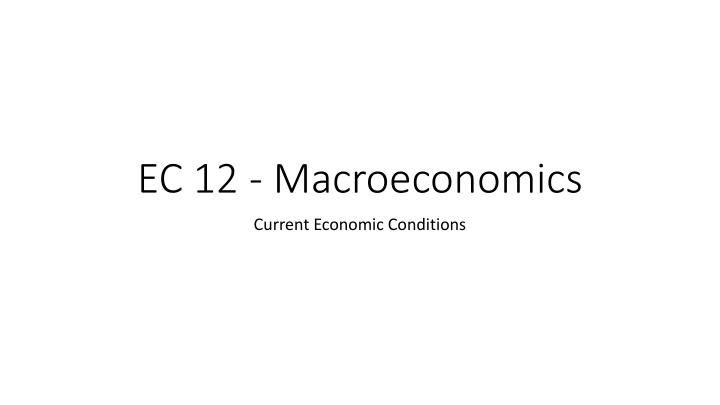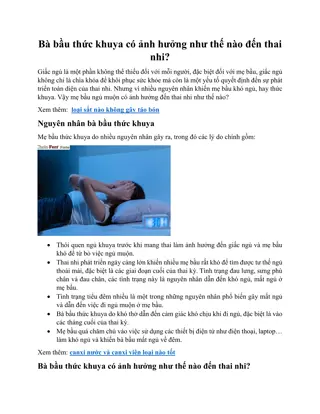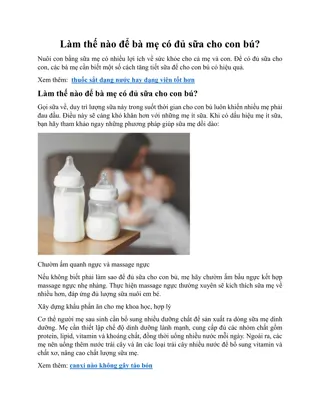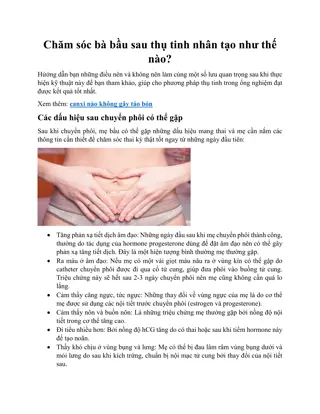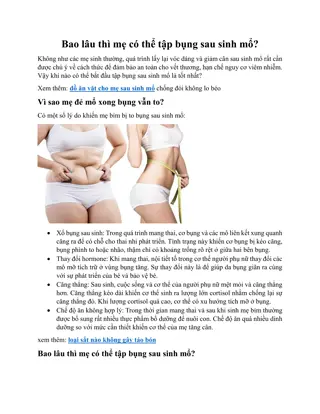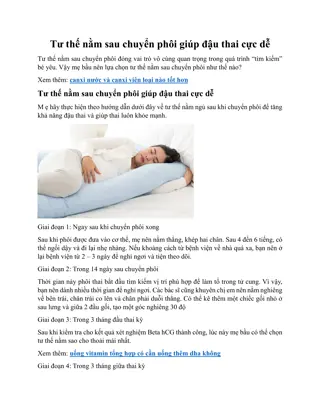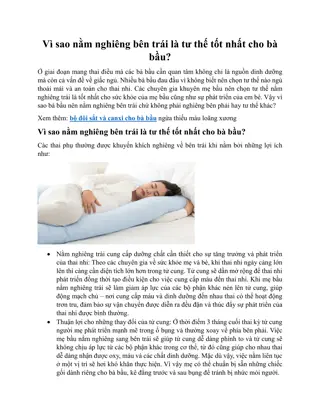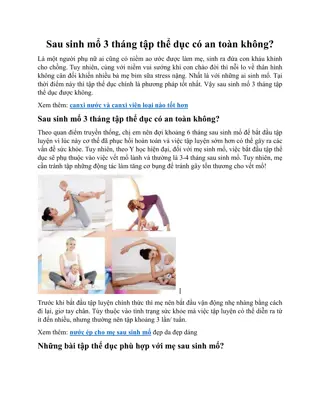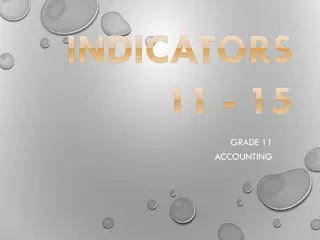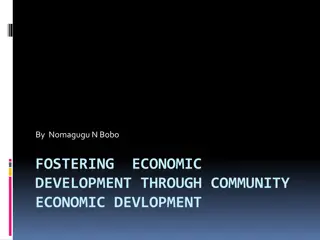Overview of Current Economic Conditions in the U.S.
The U.S. economy faced significant pre-pandemic prosperity but was hit hard post-lockdown, resulting in rising unemployment and changing economic indicators. Trade deficits, federal deficits, and stock market fluctuations are impacting the financial markets. Pandemic-induced changes include de-urbanization and shifts in business models. Macroeconomic concerns like inflation, growth, and policies remain pivotal.
Download Presentation

Please find below an Image/Link to download the presentation.
The content on the website is provided AS IS for your information and personal use only. It may not be sold, licensed, or shared on other websites without obtaining consent from the author.If you encounter any issues during the download, it is possible that the publisher has removed the file from their server.
You are allowed to download the files provided on this website for personal or commercial use, subject to the condition that they are used lawfully. All files are the property of their respective owners.
The content on the website is provided AS IS for your information and personal use only. It may not be sold, licensed, or shared on other websites without obtaining consent from the author.
E N D
Presentation Transcript
EC 12 - Macroeconomics Current Economic Conditions
Macroeconomics Versus Microeconomics Macroeconomics Versus Microeconomics Macro is economy-wide Gross Domestic Product, inflation, unemployment, interest rates, housing, etc. Principle focus is on inflation and unemployment (the twin macroeconomic problems) Related to business cycles Also concerns about economic growth (a long-term issue) What determines rate of growth in U.S. and other economies
Pre-Pandemic and Post-Lockdown Best U.S. economy since the 1960s Unemployment at 3.6%, inflation at 2% GDP growth -> 3% Federal Funds Rate = 2% Post-Lockdown Unemployment rose to 14% (now at about 7%, but starting to rise again) Inflation at or near zero Federal Funds rate at 0.25%
Graphically from Bureau of Economic Analysis Graphically from Bureau of Economic Analysis
Trade and Financial Markets Trade and Financial Markets Trade deficit was declining, now on the rise again $600 billion per year, mostly due to China Federal deficit out of control -> Trillions per year into the foreseeable future May cripple use of fiscal policy later on -> debt too high to run deficits Stock market continues on its inexplicable upward path-> Mostly due to an absence of any other way to make money (interest rates near zero)
Strange and Permanent Changes in the U.S. Strange and Permanent Changes in the U.S. Economy from Pandemic Economy from Pandemic De-urbanization Massive failures in the commercial real estate business Abandonment of public transport Destruction of large segment of restaurant business Particularly in states with hard lockdowns Massive failures in higher education (don t worry, Fairfield isn t in trouble) Forbes article Dawn of the Dead Some business models nonviable -> building maintenance, clothing stores Remote work and isolation
Economist Joseph Schumpeter called capitalism creative destruction Pandemic has brought about changes that would have taken years or decades Impact on economic growth unknown Short-time impact likely to be negative, unless lockdowns are eased
Unemployment v. Inflation Unemployment (currently 6.7%) 3 types Frictional Job Change unemployment Structural No skills or outdated skills Cyclical Business cycle unemployment Inflation Types Measurement Fixed Market Basket Price Index GDP Deflator
Inflation Inflation Measurement Fixed Market Basket Example: Year 1 EXP $3.40 $1.80 $2.40 Year 2 EXP $3.80 $2.00 $2.20 2 gallons of milk 2 lbs. of apples 1 loaf of bread Total Inflation Rate = (13.80-12.80)/12.8 = 7.8% 6.80 3.60 2.40 12.80 7.60 4.00 2.20 13.80
Other Measures of Inflation Other Measures of Inflation Price Index GDP Deflator Types of Inflation Cost-push Demand-pull Who wins and loses
Circular Flow Representation of income and expenditures in an economy Foundation for two methods of calculating GDP
GDP Accounting GDP Accounting Circular Flow
Expenditure Approach Consumption Investment Government Spending Net Exports
Income Approach Wages and Salaries Proprietors Income Interest Income Rental Income Corporate Profits =National Income
National Income +Indirect Business Taxes =Net National Product NNP +Depreciation =GDP
Errors Errors Self-produced goods Barter Underground economy
Measure of Welfare? Measure of Welfare? Key exceptions Leisure Externalities
Business Cycles Diagram Theories: Sunspots Keynes Durable Goods Cycle Consumer Sentiment Long-run: Schumpeter waves of innovation Malthus Resource constraints Marx
Macroeconomics Range of Viewpoints Marxian Socialism Mixed Economy Free Market Libertarianism
Debate.Keynes v. Hayek https://www.bing.com/videos/search?q=keynes+v.+hayek+second+ro und&view=detail&mid=0E3266689796E9D7ACDF0E3266689796E9D7 ACDF&FORM=V
Current Economic Conditions Current Economic Conditions Unemployment report only 49,000 jobs created in January 200,000 is minimum to maintain unemployment #s -10,000 in manufacturing sector Unemployment rate DROPPED to 6.3%, which means a rise in discouraged workers Service and travel sectors will only come back when lockdowns are over Talking about return to normal about a year from now
Onset of the Great Depression Onset of the Great Depression Crash of 1929 Dustbowl Banking Crisis of 1931 Smoot-Hawley (1932)
FDR Administration Response WPA Income stabilization schemes (Social Security 1935) GDP recovered, but slowly
Great Depression Ended with Lend-Lease in 1939/1940 No Theoretical Basis to Understand Failed Economy John Maynard Keynes (British Economist) proposes use of government spending to offset recessions Argues that, at low levels of income, demand determines output (versus Jean-Baptiste Say) As an aside, invented macroeconomics
Basic Framework of Keynsian Economics Used C+I+G+(X-M) Primary focus is on consumption Keynes divided consumption into autonomous and induced Graphically
Uses C+I+G Ignore export sector until later Consumption graph
Define Marginals and Averages of Consumption and Savings Ave. Propensity to Consume = C/Y Ave. Propensity to Save = S/Y Marginal Propensity to Consume = C/ Y Y = income Marginal Propensity to Save = S/ Y
Numerically Disp. Y C S APC APS MPC MPS ----- ----- 1.3 -0.3 1.1 -0.1 1.03 -0.03 1.00 0 0.98 0.02 0 200 650 -200 -150 -100 - 50 ----- 0.9 ------ 0.1 500 1000 1100 1500 1550 2000 2000 0 2500 2450 50
Employment GDP C I Agg. Exp. Inventories S 500,000 100 115 5 600,000 150 155 5 700,000 200 195 5 800,000 250 235 5 900,000 300 275 5 120 160 200 240 280 -20 -10 -15 -5 0 10 20 5 10 20
Equilibrium in Private Economy Equilibrium in Private Economy Y = C + I Y-C = I or-- S = I Graphs S= I Y = AE
Completed Keysian Model Income Consumption Investment Govt Spending Aggregate Expend Savings 0 100 50 50 200 -100 400 400 500 0 800 700 800* 100 1200 1000 1100 200 1600 1300 1400 300
Basic Keynsian Policy Basic Keynsian Policy GDP gap = Potential GDP Actual GDP Required GDP = multiplier * G (or T) In above, if full employment was $1200 Gap = 1200-800 = 400 400 = 1/(1-mpc) * G 400 = 1/.25 * G -> G = 100
Other Related Issues Other Related Issues Automatic Stabilizers Unemployment Compensation, Corporate Taxes, Social Security Criticisms of Keynsian Policy Crowding out Lags Recognition (must know economy is in recession) Policy (have to design a policy to address recession) Implementation (putting policy in place can take months) A new issue has arisen Govt spending generally targeted at infrastructure In post-Covid world, need for roads, trains, bridges way down.
Introduction to Money Introduction to Money Reasons for Holding Money Medium of Exchange, Store of Value, Measure of Relative Value History of Money Gold standard -> Fiat Money Current Definitions of Money (M1 v. M2) M1 = currency + demand deposits M2 = M1 + savings accounts + small CDs + MMMFs + MMDA + euromoney + ..
Money Creation Role of Banks and Federal Reserve Asset-Liability Sheets Example with $1000 deposit and an RRR of 10% Assets R100 L900 Liabilities DD 1000 Assets Liabilities R 90 L810 Assets Liabilities R 81 L729 DD 900 DD 810
Total change in Money Supply = 1/(reserve ratio) * Initial change = 10*1000 = 10,000 As reserve ratio , multiplier smaller Federal Reserve intervention must be greater
Quantity Theory of Money Quantity Theory of Money Very old relationship-> Money supply multiplied by the # of times each dollar spent = total spending MV = PY Tautology (must be true) Debate about quantity theory has been around since early 1700s Since relationship must hold, argument is about velocity
Initial Basis of Monetary Policy Initial Basis of Monetary Policy Money Supply * Velocity = the Price level * Real GDP MV=PY As noted, velocity is the number of times each $ spent Classical version: V fixed and GDP fixed Increases in money supply = rising prices only No means of managing business cycle Modern Monetarist: Velocity predictable Known impact on P*Y
M1 Velocity Fed abandoned M1 as a target due to instability Particularly during financial innovation in the 1980s Now uses M2 was stable for a very long time Collapsed in Great Recession and still has not recovered\ Explains the response to the Great Recession and QE1, QE2 and QE3. History of intervention (QE1 was November 2008), QE2 was November 2010, QE3 was September 2012
Keynes argued velocity unstable Moves in opposite direction of money supply Negates Federal Reserve intervention Hence, rejection of monetary policy as a tool
M2 Velocity Note Collapse After Great Recession
End Result.. End Result .. Massive rise in T-bond holdings by Federal Reserve Still exceeds $5 trillion Attempts to push onto open market will raise interest rates Global recovery still viewed as too weak Does this mean monetary policy does not work? During economic crises, the intervention must be much larger as V
Federal Reserve Policy and the Money Supply Federal Reserve Policy and the Money Supply Federal reserve can move money supply in 3 ways: Open-market operations -> Buying & selling of bonds Purchase bonds -> money supply up Sell bonds -> money supply down Reserve Policy Federal Reserve sets amount that banks MUST keep as reserves (vault cash and on deposit at the Fed) Raise RR -> Less lending occurs and money supply drops Drop RR -> More money available and Ms rises Reserve policy almost never used .too powerful
Third Policy Third Policy - -> > Discount Policy Member banks can borrow from the Fed at the discount rate If low, encourages borrowing and lending If high, banks restrain lending to avoid borrowing Problem -> tied up with issue of bank solvency rarely used as a money supply tool Example -> Bank of New York near collapse
Type of Money Demand (as opposed to Type of Money Demand (as opposed to supply) supply) Money held for transactions purposes Related to income (car payment higher with more expensive car, etc.) Speculative demand Money and bonds are substitutes At low interest rates (r), hold money At high interest rates hold bonds Note that changing interest rates change bond prices and increase exposure
Leads to debate about slope of money demand curve (versus r). If not responsive to interest rates vertical Md If responsive, horizontal Determines whether policy works
